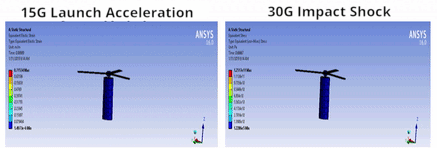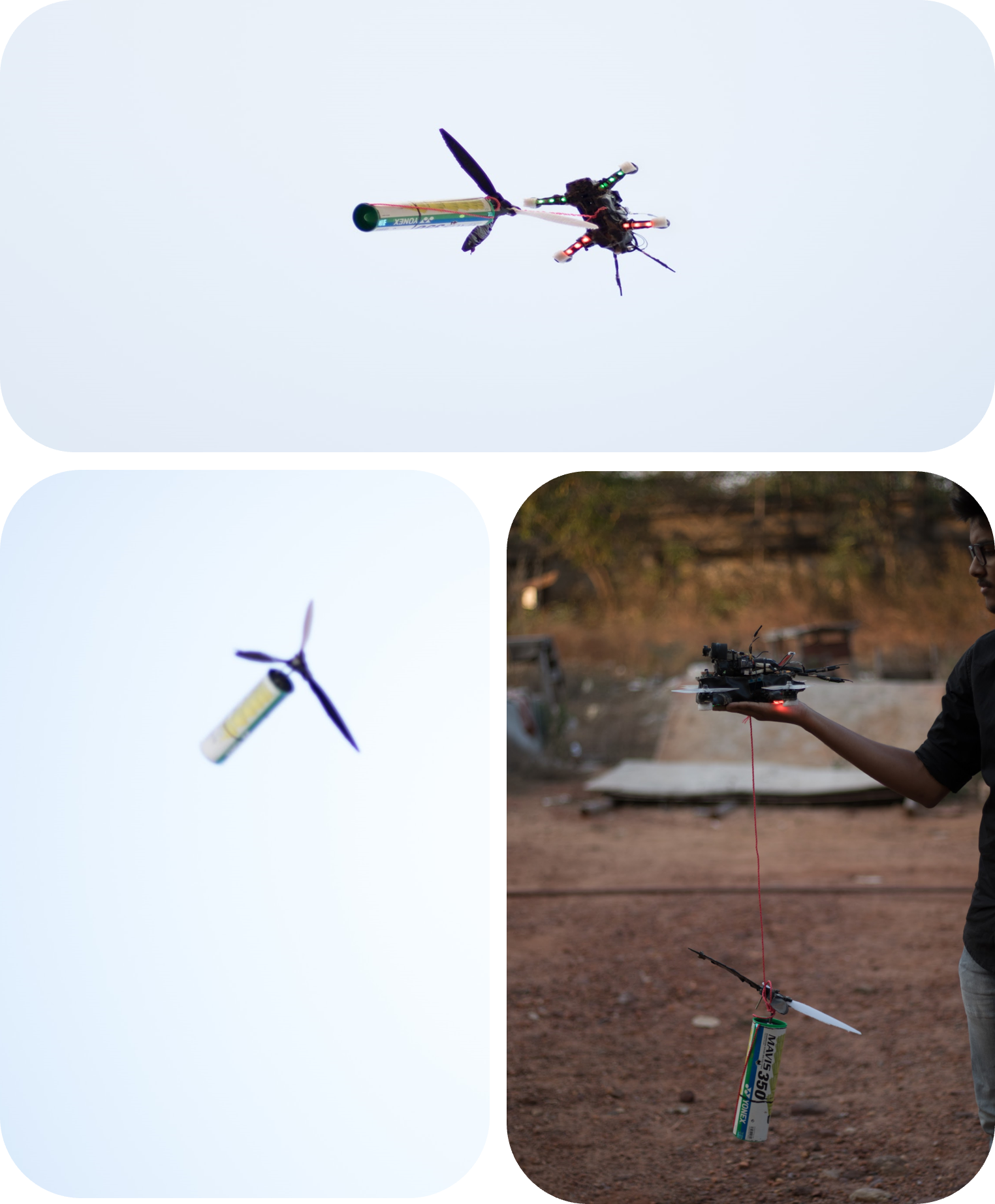CanSat, 2019
The CanSat competition held in 2019 was an exciting event that challenged student teams to design, build, and launch miniature satellites in the form of soda can-sized payloads. The competition aimed to foster innovation and hands-on experience in aerospace engineering and space science. The problem statement required participants to create a CanSat that could gather atmospheric data during its descent, simulating a real space mission. The teams were tasked with designing the CanSat to withstand the launch, capture data during its descent, and ensure a safe landing, emphasizing creativity, technical skill, and teamwork.

I was involved in the design of the Mechanical aspects of the project. We were faced with the challenges of protecting the electronic components and the payload from the atmospheric shock and the impact of the landing. We used ANSYS 16.0 to run the simulations and have selected the release mechanisms and the landing mechanism to ensure the commitment to the problem statement. The blades designed for the Auto Gyro release mechanism have been checked for stress and strain resistance, as shown below. The image also shows the strain variation under the pressure of 15G, due to the acceleration at launch and the impact shock of 30G.


 A small working prototype was developed to test the capabilities of the theories and the simulations. The prototype was dropped from a drone
and the the target was achieved. We have finished the formalities of the participation but, unfortunately, we were not shortlisted for the
final 40 teams invited to the competition and build the actual scale prototype and get the opportunity to fire it infront of like minded people.
Our team was headed by Mr. Tapaswin Padhy, under the guidance of Dr. Suraj Sharma. We collaborated with IIIT Bhubaneswar to get an opportunity
to participate in this prestigious event and were glad to have the chance to experience it.
A small working prototype was developed to test the capabilities of the theories and the simulations. The prototype was dropped from a drone
and the the target was achieved. We have finished the formalities of the participation but, unfortunately, we were not shortlisted for the
final 40 teams invited to the competition and build the actual scale prototype and get the opportunity to fire it infront of like minded people.
Our team was headed by Mr. Tapaswin Padhy, under the guidance of Dr. Suraj Sharma. We collaborated with IIIT Bhubaneswar to get an opportunity
to participate in this prestigious event and were glad to have the chance to experience it.

